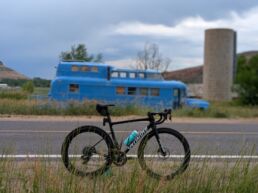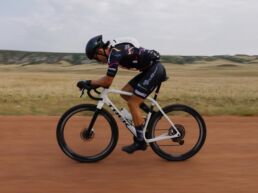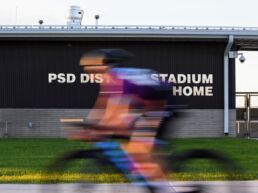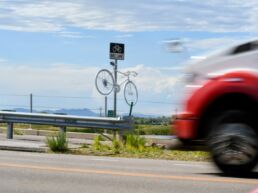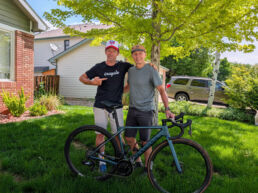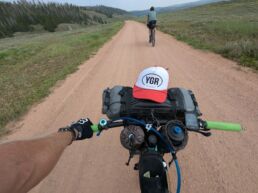Bibs were a bad idea.
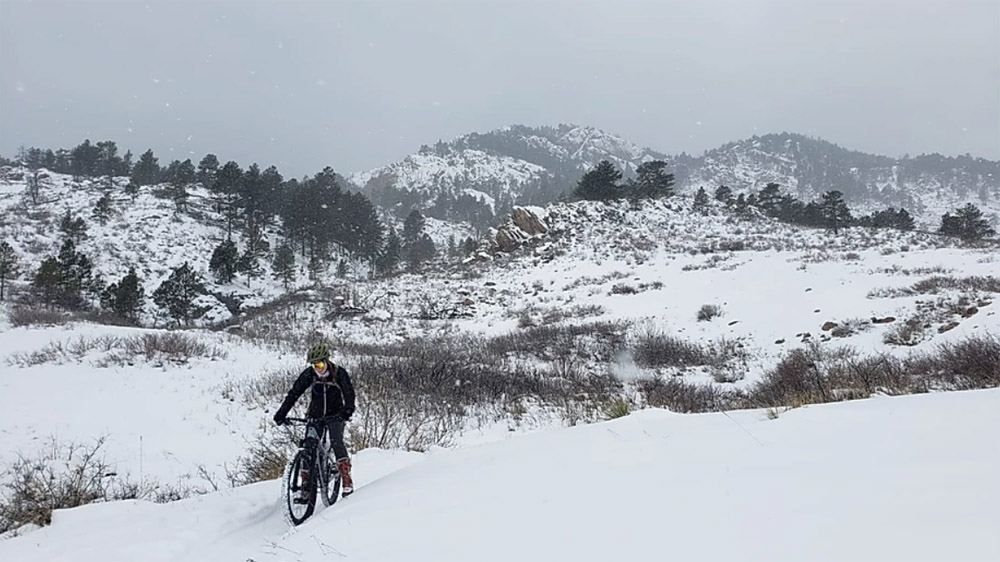
by Samantha Welter of Empower Performance Therapy
Website: https://www.trainempowered.com/
Instagram: https://www.instagram.com/_trainempowered_/
Facebook: https://www.facebook.com/trainempowered/
I was pedaling east on a gravel road unknown to me, scanning for the perfect ditch, a lone tree, or a structure close to the road. I had only left the house an hour before, I peed before I set out on my adventure, and had maybe sipped 4 ounces of Tropical Nuun so far.
But here I was on a humid-cold day, the sky gray, the temperature dropping into the low 30s, frantically searching for a not-so-public place to relieve myself. I had pulled up the bib straps knowing this would happen, knowing I would have to strip down to almost naked next to my bike to pee. I was cursing that decision now.
Cold Diuresis.
I first learned of this phenomenon in college. I was providing athletic training services to our DI football team late in the season, and shivering, I probably ran into the stadium 5 times over a 90-minute practice to use the bathroom. The cold weather causes your body to pull the blood away from your extremities and towards your internal organs to warm and protect them. The excess fluid is collected by the kidneys, turned into urine and excreted.
In the colder months our bodies actually lose the same if not more fluid than in the summer while you are training and racing. Air must be warmed and humidified as we breathe, so we exhale water particles with each breath. Our sweat rate is near the same, but evaporates much quicker in the cold environment, so we might not notice how much fluid we are actually losing through sweat. And then the cold diuresis. If we don’t keep ourselves, our hands, and our feet warm, then with every sip we take, that dreaded urge to go returns.
Knowing all of that, I had still only drunk 4 ounces in 60 minutes. I should have consumed 20-24 ounces by that point. I was risking dehydration, poor training performance, muscle soreness, and an inevitable headache later. But why wasn’t I drinking? My water was deliciously flavored and laced with essential electrolytes, but my voluntary thirst mechanism wasn’t kicking in. It was out of order. Another side effect of the evil cold. The cold weather decreases the effectiveness of the thirst mechanism, which isn’t very reliable in the first place. If you feel thirsty, you are already 1-2% dehydrated. Plus the body has to warm up cool fluids being ingested, and it doesn’t want to waste energy in doing so.
After passing a frozen stream, cows dancing along the edges, and a plywood silhouette of a Yeti, I saw the most glorious sight—a Colorado Parks and Wildlife sign! A fishing pond came into view along with a gravel lot and a vault toilet. I undressed all the way down to my sports bra and enjoyed the surge of relief. Bibs be damned! We are no longer friends, just mere acquaintances, who will stare at each other in the dark drawer as the memory of today returns, and I will leave you be. I do not enjoy stripping half naked, outdoors, in the middle of winter.
With Colorado’s dry air and wide open roads, it is very important to stay hydrated without doing the pee-pee dance. So here are just a few tips for winter hydration for endurance athletes.
- Warm your beverage before heading out to train, and pour into an insulated bottle.
- Hot water with a squeeze of honey, citrus juice, and dash of salt provides electrolytes as well as immune defense.
- Hot tea can provide caffeine with performance boosting ammo!
- Set a timer to beep to remind you to take a sip every 10-15 minutes.
- Keep those fingers and toes warm to reduce effects of cold diuresis.
- Have a hot tea, cocoa, or coffee as soon as you finish your workout to warm you back up and start the rehydration process.

